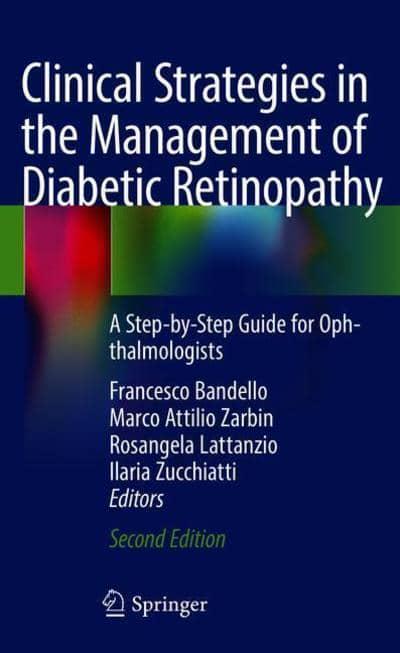Clinical Strategies in the Management of Diabetic Retinopathy
Summaries and insights into a complex disease

Leigh Spielberg
Published: Tuesday, September 1, 2020
 Clinical Strategies in the Management of Diabetic Retinopathy
Clinical Strategies in the Management of Diabetic RetinopathySummaries and insights into a complex disease

Published: Tuesday, September 1, 2020
 Clinical Strategies in the Management of Diabetic Retinopathy
Clinical Strategies in the Management of Diabetic Retinopathy